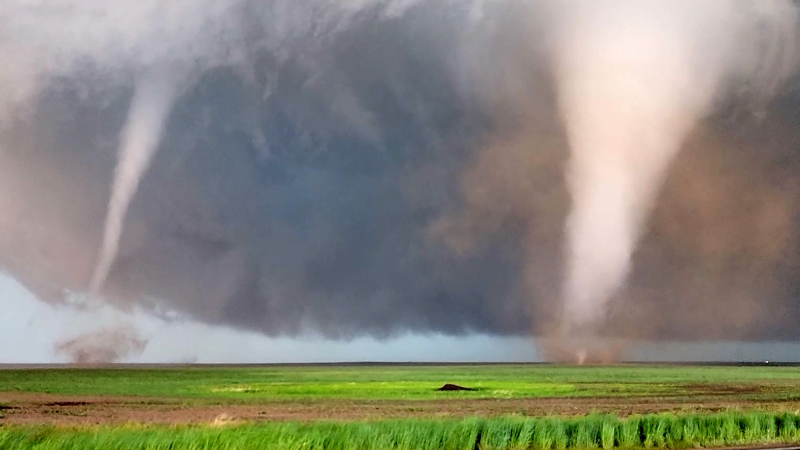Meet the Mets: Paul Pastelok, AccuWeather's Senior Meteorologist and Lead U.S. Long Range Forecaster
Meet AccuWeather's Paul Pastelok is a Senior Meteorologist and Long Range Forecaster who a majority of forecasts across the U.S. to help warn businesses about threats to operations.
>>Learn more about AccuWeather For Business

KEY HIGHLIGHTS
• Paul provides mainly monthly and seasonal forecasts to AccuWeather For Business clients
• His forecasts are distributed through email, radio, webinars, network television and social media
• His expertise spans drought, wildfires, severe weather, tropical storms, fall foliage and snow
Combining Education, Experience and AccuWeather’s proven Superior Accuracy™
Paul considers himself a late bloomer compared to other meteorologists, and it wasn't until his junior year of high school that he decided that was the career path he wanted to pursue. He visited Penn State and was very impressed with what the meteorology program had to offer, so he applied and was immediately accepted.
>> Learn more about AccuWeather’s Proven Superior AccuracyTM
Throughout his four years there, he studied math and science along with meteorology. He was involved with the campus radio and TV stations, which served as his early training in meteorology forecasts and led to his decision to focus his career in operational forecasting instead of research.
Paul interned at WTIC-TV in Hartford, Connecticut and at Weather World in Pennsylvania. He applied to work at AccuWeather upon graduation and began his 30-plus year career.
Severe and tropical weather quickly became his favorite, providing variety in his work. Weather events have stood out in his memory since childhood. In 1978, he was seven when a blizzard hit New England, and he remembers crawling out of a window to help dig out the driveway and garage door at his family home.

Crews clear snow from a road during a storm, Saturday, March 2, 2024, in Truckee, Calif. (AP Photo/Brooke Hess-Homeier)
Two major storms hit the U.S. during Paul's first year at AccuWeather. Hurricane Andrew, the first named storm of the 1992 Atlantic season, hit south Florida as a Category 5.
At least 65 deaths were attributed to the storm, including indirect fatalities, and thousands were displaced. More than 250,000 people were left homeless, and about 100,000 residents of south Dade County permanently left the area following the storm, according to the National Park Service.

Paul also vividly recalls the Blizzard of 1993, often referred to as the "Storm of the Century," which gained strength in the Gulf of Mexico beginning on March 12 and blasted the eastern U.S. with widespread heavy snow, hurricane-force winds and severe thunderstorms.
The blizzard was classified as a Category 5 storm on the National Centers for Environmental Information (NCEI) scale and was one of the most devastating storms of the 20th century, blanketing some areas in more than a foot of snow.

In this March 14, 1993 file photo, Janelle Jarous climbs a mound of packed snow in Larchmont, New York, to get at a hard to reach spot on the roof of her car as she digs her car out after a storm that covered the Northeast with snow and ice. Over a foot of snow and heavy winds made the for one of the worst winter storms of the century. (AP Photo/Ron Frehm, File)
Paul said AccuWeather meteorologists make a difference when they can forecast a pattern months in advance to make people aware of what to expect and help them prepare for extreme weather that can impact their business or plans. "The longer out victories are better than the shorter term ones," he said.
He likes the flexibility of his career, which allows him to be on television if he chooses, but also gives him the opportunity to "stick my nose in short-range tropical" if he wants.
In his spare time, Paul likes to coach his son's sports teams and work around the house. He also visits schools each year to teach about the weather, particularly elementary schools.

Contact AccuWeather today to schedule a free demo and learn how AccuWeather's SkyGuard Severe Weather Warnings can help your business better prepare for all severe weather threats.
Report a Typo














